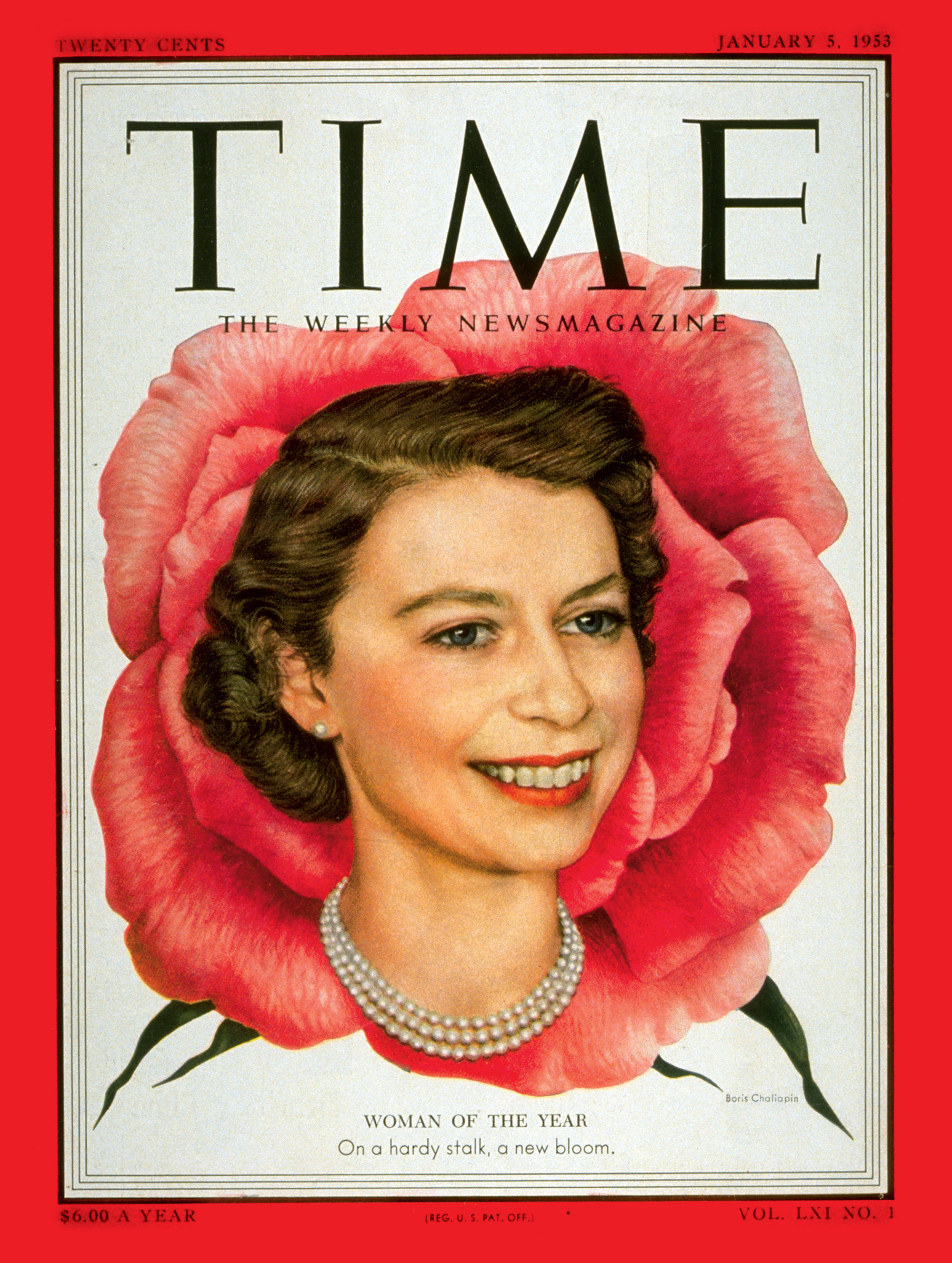When TIME named Queen Elizabeth II the Woman of the Year in 1952, it was not for her gender but for what she symbolized. The 26-year-old acceding to the throne, editors wrote, was a “fresh young blossom” whose citizens hoped she would be an “omen of a great future.” In fact, Elizabeth became Queen just as the dissolution of the British Empire sped up, with the loss of Egypt, Sudan and Ghana in the early years of her reign.
Almost seven decades later, she oversees an island nation reduced to a bit player on the world stage. Yet at the age of 93, her soft power is undimmed; she draws both great leaders and throngs of tourists to her state, and personifies British endurance untainted by politics. She has steered her family through scandal successfully enough that the next generation is poised to carry the crown forward. Unlike her heirs, however, she remains virtually unknowable, having never allowed the media access to her private thoughts or opinions. In her utter rejection of a public persona, she is best understood, still, as a symbol: no longer the potent florescence of youth, but a hard-worn tree in whose limbs and roots can be traced the archaeology of an era. —Dan Stewart
This article is part of 100 Women of the Year, TIME’s list of the most influential women of the past century. Read more about the project, explore the 100 covers and sign up for our Inside TIME newsletter for more.
